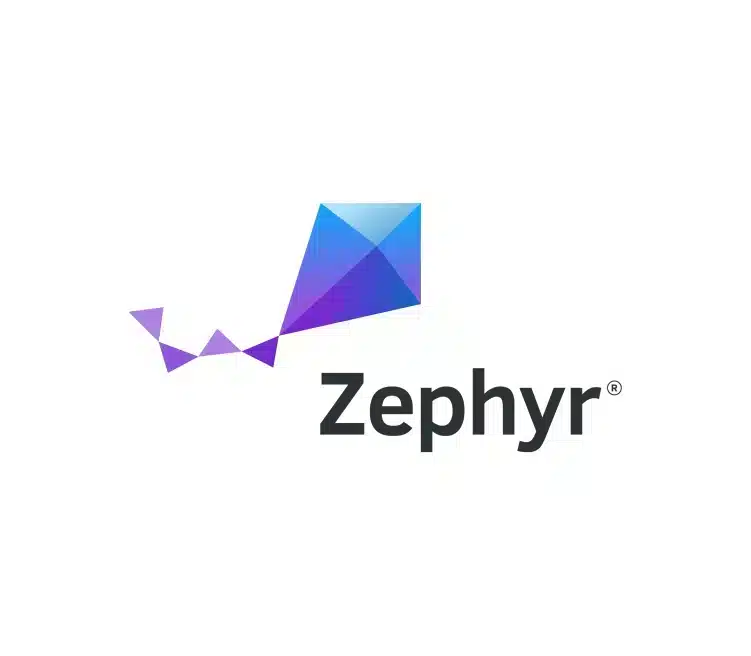So, let’s start by recapping what’s been covered in this series so far.
We started with a history of serverless computing and compared the biggest Cloud providers in the domain. Then we took a look at the future of serverless computing and the five trends that add up to good reasons to go serverless. In this article, I build on these to offer three serverless technologies that are going to be key to taking full advantage of the serverless trends.
No surprises here: it all starts with Kubernetes.
Key serverless Technologies : King Kubernetes
When you think containerization, you should now think Kubernetes.
It wasn’t always that way but, over the last couple of years, it’s become almost synonymous with open source containerization. I think, though, that we’ll see the same sort of transition happen with regards to serverless architecture and infrastructure, too.
One of the reasons why is because when architects, designers, and developers embrace Kubernetes, they are also embracing a number of very useful features. Kubernetes offers networking features and service discovery features, of course, but it also offers agile scaling and the opportunity for an application to work in a multi-cloud environment. As mentioned in the previous article, Anthos is clearly driving in this direction.
And there’s something else that’s going to drive adoption of Kubernetes as the open source technology standard for serverless, namely…
The Ascension of Knative
Knative is an open source project that is already proving popular among serverless technologies among developers and, in my view, its popularity is only going to continue to rise.
New to Knative? Here’s a primer:
Knative extends Kubernetes to provide a set of middleware components that are essential to build modern, source-centric, and container-based applications that can run anywhere: on premises, in the cloud, or even in a third-party data center. Each of the components under the Knative project attempt to identify common patterns and codify the best practices that are shared by successful, real-world, Kubernetes-based frameworks and applications. Knative components focus on solving mundane but difficult tasks…
Those tasks include things like deploying a container, scaling automatically, and binding running services to eventing ecosystems.
Mundane? Certainly.
Essential? Obviously.
And Difficult? Only if you aren’t using Knative.
I agree with a lot of others in the serverless architecture space who believe that the adoption of Knative is going to drive standardization in the domain. As a result, it will fuel use of Kubernetes, too, and I have to admit there is a certain level of satisfaction for me personally that such open-source tools are forming the backbone of the serverless computing environment instead of one of the proprietary alternatives.
Moreover, Knative is a strong enabler for a new trend in serverless technologies…
GitOps, the new trend in serverless technologies
You’ve heard of DevOps, but have you heard of GitOps?
If you haven’t yet, don’t worry – you will soon.
GitOps is “centered around using a version control system (such as Git) to house all information, documentation, and code for a Kubernetes deployment, and then use automated directors to deploy changes to the cluster.”
The benefits of GitOps for serverless computing are many: productivity goes up as continuous deployment is automated, developers are happier as they get to push code instead of containers, there is increased stability and accountability, increased reliability thanks to Git’s ‘single source of truth’ approach, stronger security, and finally it’s all more cost effective, too.
DevOps.com calls GitOps the next big thing in serverless technologies. I’m perhaps a little less bullish but it’s absolutely a technology trend I’m keeping an eye on, and you should do the same.
Kubernetes, Knative, and GitOps are three serverless technologies that are going to be key to the continued attractiveness and success of serverless architecture. Combined, they help power-up a serverless environment while simultaneously making the life of the architect easier and their work more efficient.
Of course, there are others that could be added to this list. Think of Kubeless, for example, or OpenFaaS, Fission or even Apache OpenWhisk. All point to the increased attractiveness of serverless computing and its growing profile among architects and developers alike. Look for these tools and technologies – and many others – to emerge in the months and years ahead as serverless moves even more towards center-stage.






